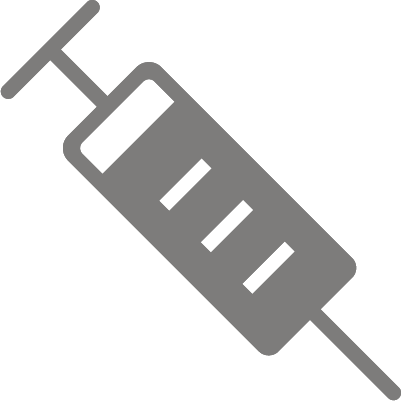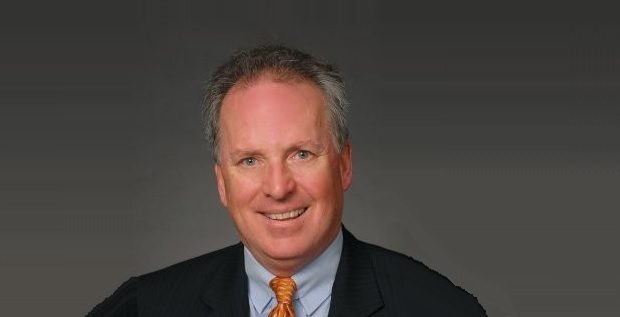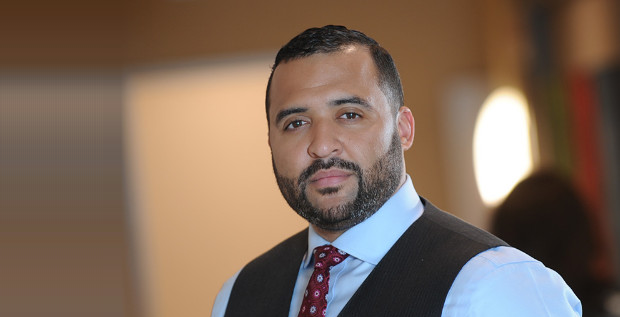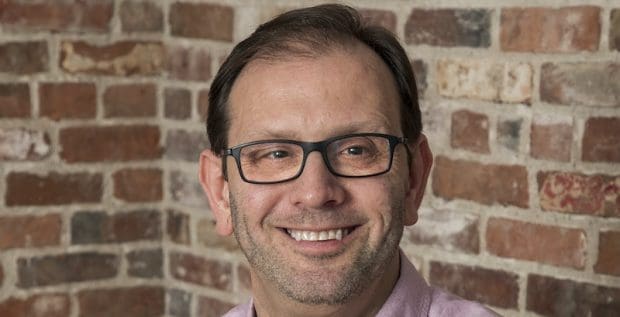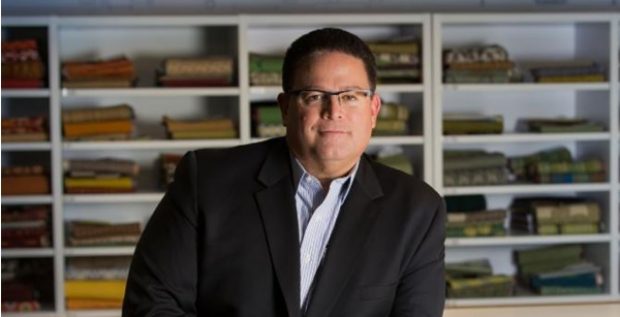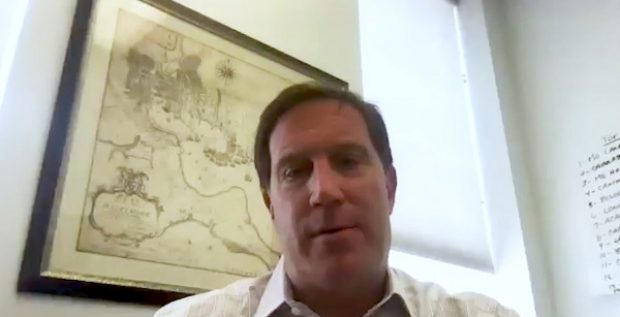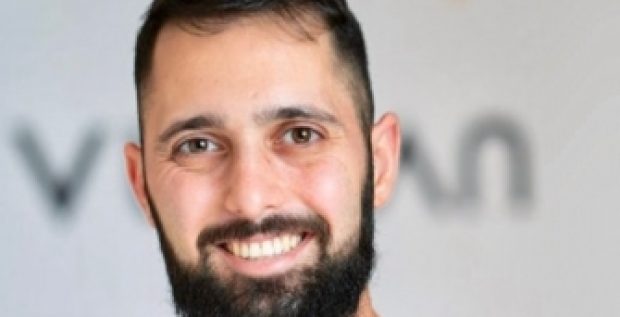Joe DeMattos is the president and CEO of Health Facilities Association of Maryland (HFAM), the largest, oldest, nationally-affiliated association of skilled nursing and post-acute care providers in Maryland. Since 1948, HFAM has been dedicated to advocating for Maryland’s community of long-term care providers, such as assisted living, rehabilitation, sub-acute, and skilled nursing facilities. The organization represents a critical link in the state’s long-term care network, which accounts for approximately $3.7 billion in economic activity. Currently, HFAM encompasses 150 providers, 19,000 employees, and cares for more than 25,000 Marylanders annually.
Where did you grow up?
JOE DEMATTOS: My family got to Hawaii in 1883 and I was very fortunate to graduate from the University of Hawaii at Manoa. In 2000, I was working for AARP in Hawaii doing their government relations and communications work. And in 2002, the COO of AARP Worldwide gave me a call. He said, “You know, Joe, we’ve got the best lobbyists in the world and we’ve got publications that reach 23 million households every two weeks, but what we don’t have is somebody who can connect a lobbyist with our communications people and make a push in the national government for a prescription drug in Medicare.”
And so I came in 2002 to help coordinate that campaign for AARP. I was extraordinarily blessed to be part of the team in 2003, when a drug benefit was finally put in Medicare for those covered by Medicare.
How does Hawaii compare to Maryland in terms of healthcare?
Hawaii has been unique in the country, in that we’ve had universal coverage there since 1974. Hawaii passed its universal coverage law in April of 1974. That sort of law was made illegal by the passage of ERISA on the federal level, in the fall of 1974. And so, really what Hawaii has done in terms of having a universal mandate for coverage—meaning people have to be covered for care and employers have to provide that care—it’s been in place since 1974. What we did in Maryland in 2006, in expanding access to Medicaid, and what ultimately the federal government did with the passage of the Affordable Care Act in 2008, really does much of what Hawaii did back in 1974. What’s common between the ACA and coverage in Hawaii is they both include mandates: coverage must be provided. What’s different about the national mandate is that it includes an employer mandate, an individual mandate, penalties for employers, penalties for individuals, but it also creates a marketplace through the exchanges. So, it’s much, much more complicated and robust than the Hawaii system, but you could sort of look at Hawaii’s healthcare model as the grandparent of what eventually happened with the expansion of Medicaid in Maryland in 2006, and with the creation and the passage of the ACA in 2008.
What are your major influences and priorities?
If you look at my involvement with healthcare or my professional career, there are three things that are interlocked. One is a tremendous respect for elders in Hawaii—we call them Kapuna—and those Kapuna are even more valuable than you know the former ali?i: kings and queens of Hawaii. Kapuna are regal and they’re to be treated that way. I sort of grew up that way.
Secondly, Hawaii does have this history of providing healthcare that dates all the way back to 1974, and you know, it’s not perfect. There’s a lot of tension that is created in the marketplace when an employer is required to provide comprehensive healthcare, mostly at their cost, to an employee working 20 hours a week. It hasn’t been a perfect system, but in terms of access and providing quality care, and reducing the healthcare spend, it’s been instructive for the rest of the country. I became involved in that very early on.
Then, the third part is education: linking educational learnings just in the community and in the workplace relative to healthcare and the aging of America. Look, we have 10,000 boomers—10,000 boomers that are turning 65, every single day in this country, and that’s going to be the case for the next 18 years, so it’s a good time to be in healthcare.
Connect with Joseph on LinkedIn
